What is the effect of the thickness of powder wall on the flavor of coffee?
A few days ago, a coffee friend came to the store to communicate. Through communication, he learned that the rush method he learned is roughly the same as that of Qianjie, but there are also differences, which boil down to the size of the circle.
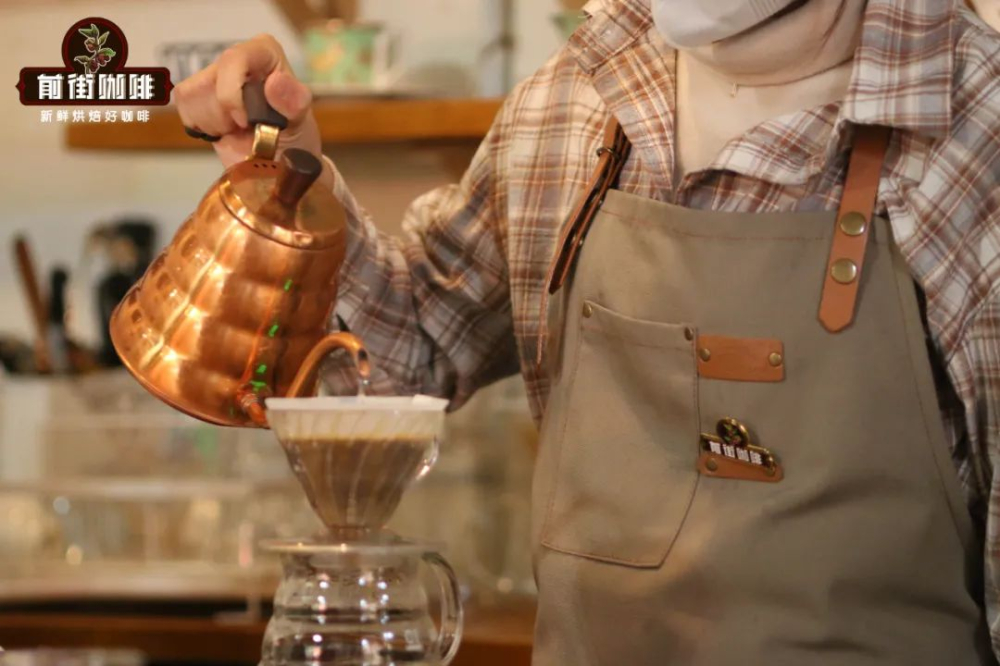
Qianjie will try to get close to the edge of the filter cup without breaking the powder wall when injecting water around the circle, while the friend injects water around a circle the size of a coin. In this way, the most direct difference is the difference in the thickness of the powder wall. The powder wall injected around a large circle will be thinner, and the powder wall injected around a small circle will be thicker.
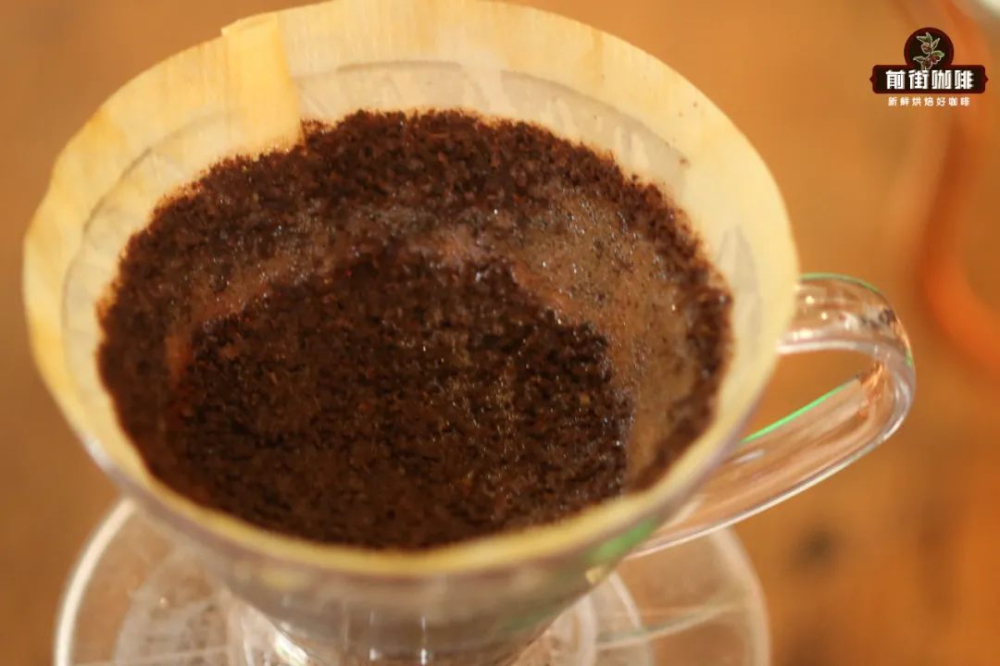
Thin powder wall ⬆️ thick powder wall ⬇️
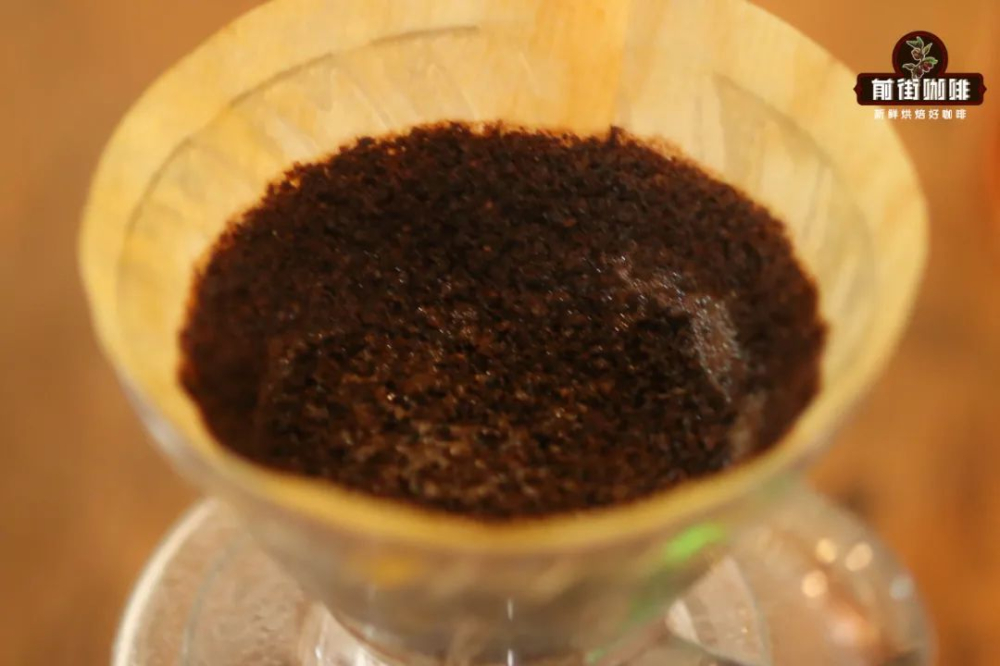
So, does this affect the flavor of coffee? First of all, it has an impact. The coffee flavor in the way of water injection around the big circle is more active, light, soft and comfortable, while the coffee flavor in the way of water injection in a small circle tends to be thick, rich and concentrated. There are two main effects. The first point is the temperature. The actual water temperature of central water injection or small circle water injection will be slightly higher than that of large circle water injection (about 0.5 degree difference). More accurately, the greater the circle range, the more water temperature loss. This is because the longer the water column passes through, the more serious the water temperature loss is. Stirring also has an effect on the actual extraction temperature. the greater the stirring intensity, the lower the actual extraction water temperature. (practical friends can insert the thermometer into the powder layer to measure the temperature.) the second point is that the characteristic of V60, the spiral diversion bone of V60, is to let the coffee liquid flow according to the set path and avoid blockage. In the past, it was often said not to break through the powder wall, or the water would slip away in vain. This is the truth.
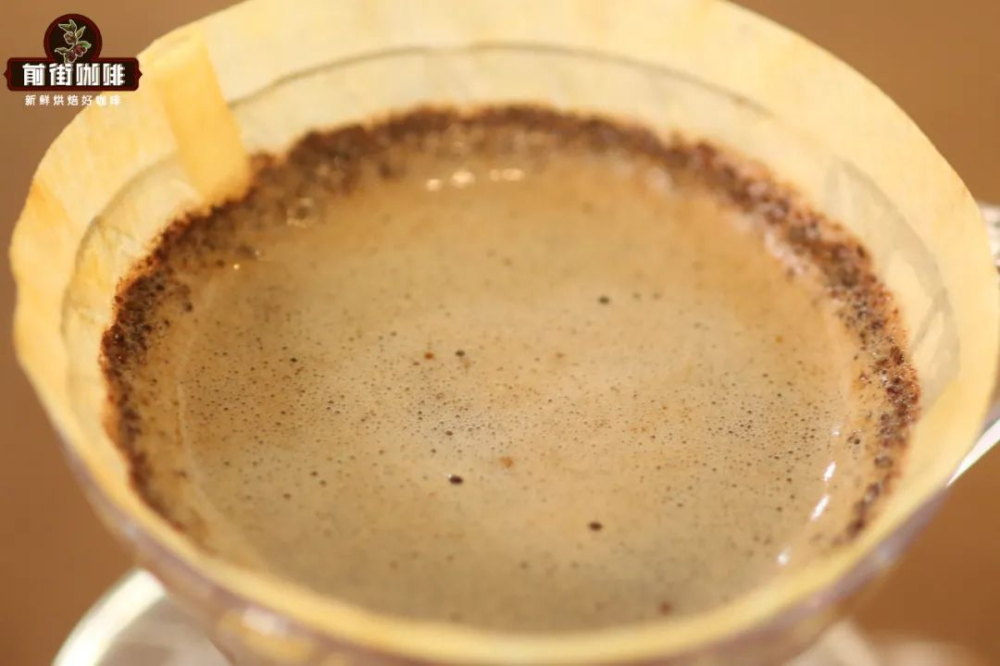
However, without breaking through the coffee powder wall, the diversion bone still acts as a diversion. The coffee liquid flowing down from the side is "not full coffee liquid", which in theory (tastes alone) is a bad taste, but when integrated into the whole, the coffee will appear active, light, soft and comfortable.
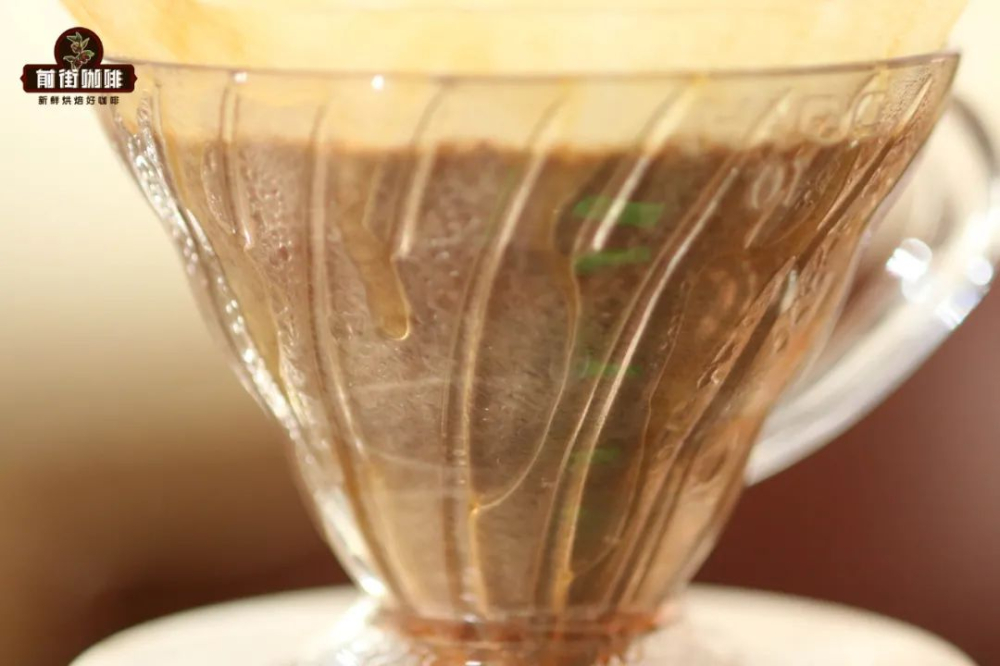
When you inject water around a small circle, the water dissolves the coffee more comprehensively, and the flavor is concentrated, rich and rich.
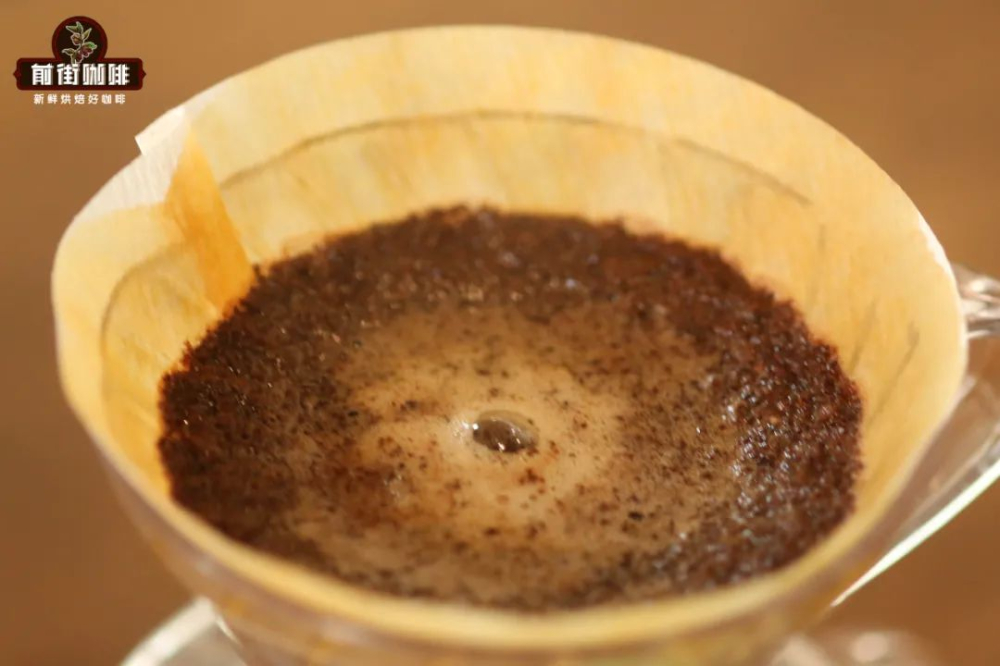
Therefore, it is not to say which is better, but to use different methods according to different requirements. For example, when brewing shallow roasted coffee beans in the front street, in order to highlight the light and active acid, you can wash all the coffee powder on the surface in a circle (mosquito-repellent incense) in the first stage of steaming (mosquito-repellent incense). There is coffee foam with uniform color on the surface, and the subsequent water injection revolves around a concentric circle with a radius of 2x3 wide.
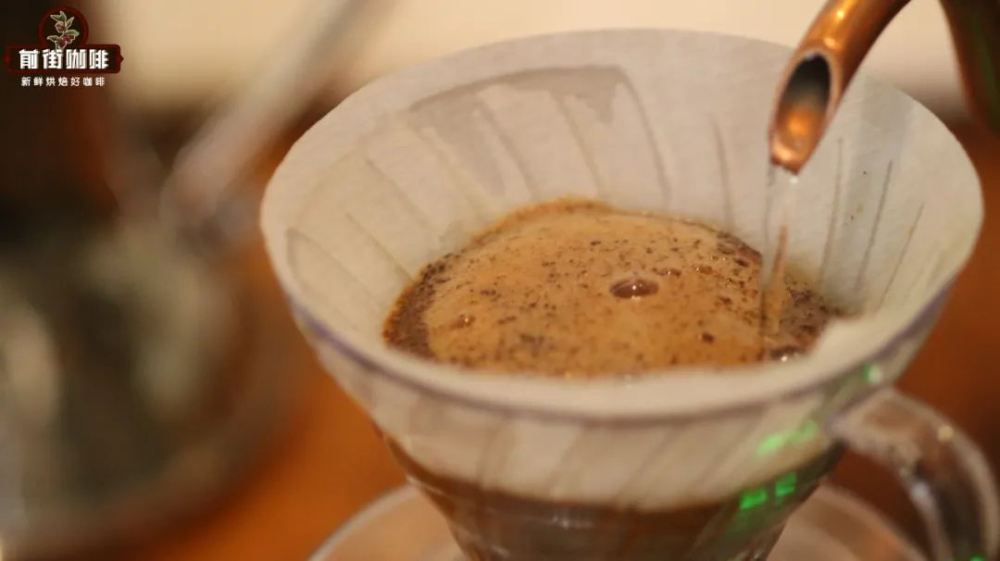
And brewing deep-roasted coffee beans, often to show a thick taste and rich and calm flavor. You can use a small circle. Because deep-roasted coffee is rich in gas, even if you only inject water around a small circle, the coffee foam will gush out and cover the liquid surface. In the water injection after steaming, start the water injection from the middle, slowly circle outward, circle to 1 stroke 2 of the radius, and continue to circle the same size until the end of the water injection.
Important Notice :
前街咖啡 FrontStreet Coffee has moved to new addredd:
FrontStreet Coffee Address: 315,Donghua East Road,GuangZhou
Tel:020 38364473
- Prev

Hand-brewed coffee beans appear green and bitter taste solutions what coffee beans are not astringent recommended
Whether the coffee is mellow or not may be imperceptible for a while, but the unpleasant feeling of coffee, such as the rough astringency of sand, is clearly noticeable. Therefore, we need to recognize and avoid the occurrence of such things. Qianjie has also been popular in previous articles. Astringency is not a taste, but a taste.
- Next

Manual coffee three-stage water injection time reference sectional water injection method recommended
Friends who often read Qianjie to share articles are familiar with Qianjie's cooking method. The three-stage water injection used in the front street is a relatively simple and stable way to brew the flavor of coffee, and it is also very friendly to beginners. But all segmented styles have a difficult point, that is, when to cut off the water and when to cut off the water.
Related
- Beginners will see the "Coffee pull flower" guide!
- What is the difference between ice blog purified milk and ordinary milk coffee?
- Why is the Philippines the largest producer of crops in Liberia?
- For coffee extraction, should the fine powder be retained?
- How does extracted espresso fill pressed powder? How much strength does it take to press the powder?
- How to make jasmine cold extract coffee? Is the jasmine + latte good?
- Will this little toy really make the coffee taste better? How does Lily Drip affect coffee extraction?
- Will the action of slapping the filter cup also affect coffee extraction?
- What's the difference between powder-to-water ratio and powder-to-liquid ratio?
- What is the Ethiopian local species? What does it have to do with Heirloom native species?

